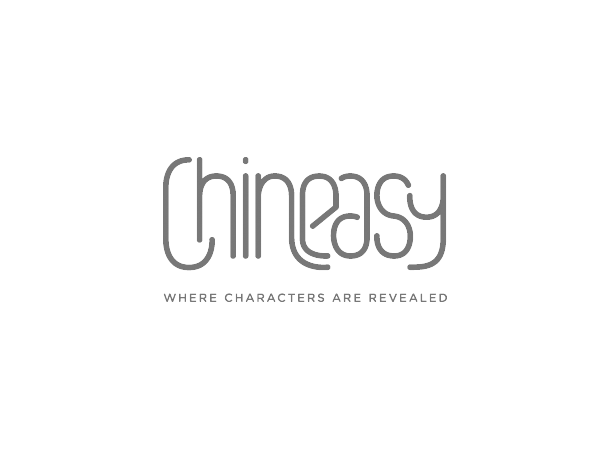Advertising no Headquarters London | Website chineasy.com | |
 | ||
Services Second language acquisition (Chinese) Slogan(s) Break down the Great Wall of Chinese language Motto Break down the Great Wall of Chinese language Profiles | ||
Shaolan s chineasy lesson 1
Chineasy is an Internet startup created with the purpose of teaching how to read Chinese characters created by the entrepreneur Shaolan Hsueh. It uses simple illustrations of key "building blocks" that can be combined to create more complex characters and sentences. Shaolan published the book Chineasy: The New Way to Read Chinese in March 2014 contains about 400 characters based on 64 of these "building blocks". It was based on her widely viewed 2013 TED talk and funded via a crowdfunding campaign though Kickstarter.
Contents
- Shaolan s chineasy lesson 1
- Chineasy everyday
- Method
- Building block
- Compound
- Phrase
- Illustrated characters
- Traditional vs simplified
- Awards and recognition
- Editions
- References
Chineasy has a popular Facebook page where students get new lessons in Chinese characters each day.
Chineasy has been widely featured in the press, including the Financial Times, the Wall Street Journal, Time magazine, and National Public Radio.
Chineasy everyday
Method
ShaoLan Hsueh created Chineasy using 'Building block’ Method to allow learners to accumulate their vocabulary quickly. To develop this method, she started by breaking down thousands of Chinese Characters on her computer. She then analysed them and prioritised most basic elements. By combining a few basic Chinese characters, one can construct many more ‘compound’ and ‘phrase’ and even sentences.
Building block
The Chinese language is traditionally taught through a series of between roughly 180 and 215 radicals. These radicals form the characters one can use to read, write and speak Chinese. In Chineasy ‘building block’ refer to some of the most common and simple radicals that one could use to build many characters and phrases. An example is the character 木, which means ‘tree’ or ‘wooden’.
Compound
One building block (e.g. ‘tree’ 木 or the character 人 for ‘person’), can be combined with one or more other characters to make a compound character: For example, two trees (木) together, it means woods (林); Add a person (人) next to a tree (木), ’ it means 'to rest' (休). Compound characters can also comprise two or more different building blocks.
Phrase
Both ‘building block’ and ‘compound’ refer to single-character words in Chinese. Phrases are the 'words' constructed by two or more characters. For example, a fire (火) and mountain (山) means volcano (火山). The mouth (口) of the volcano is crator (火山口).
Illustrated characters
To make basic Chinese symbols easy to remember, Hsueh decided to use illustrations and storytelling. Chineasy characters are illustrated by various illustrators including Noma Bar. Chineasy illustrations not only cover pictographic objects, but also verbs, adjectives, concepts and abstract ideas.
Traditional vs. simplified
Chineasy teaches sometimes traditional and sometimes simplified forms (which version makes the better illustration for learning purposes). Hsueh argued that Traditional and simplified forms of Chinese still share a great number of characters, and in real life – just as in the case of British English and American English – you will come across both forms. English speakers are familiar with not only different spellings (‘colour’ vs ‘color’) but also the use of different words to refer to the same thing (‘flat’ vs ‘apartment’, ‘rubbish’ vs ‘garbage’).
Awards and recognition
Editions
As of February 2015, Chineasy is translated in eleven languages: Danish, Dutch, French, German, Hungarian, Icelandic, Italian, Norwegian, Russian, Polish, Portuguese, Spanish, Finnish and Swedish.
